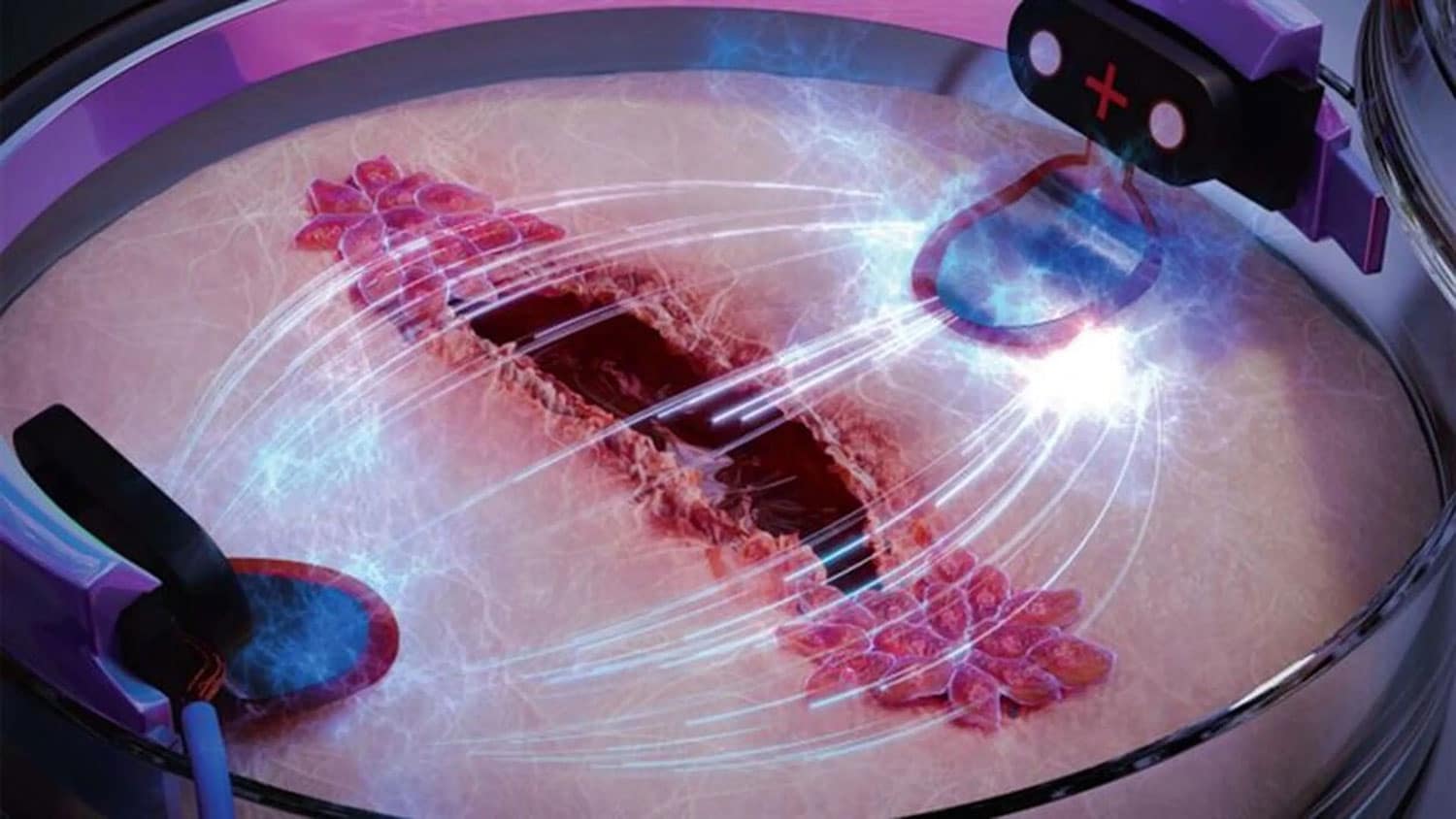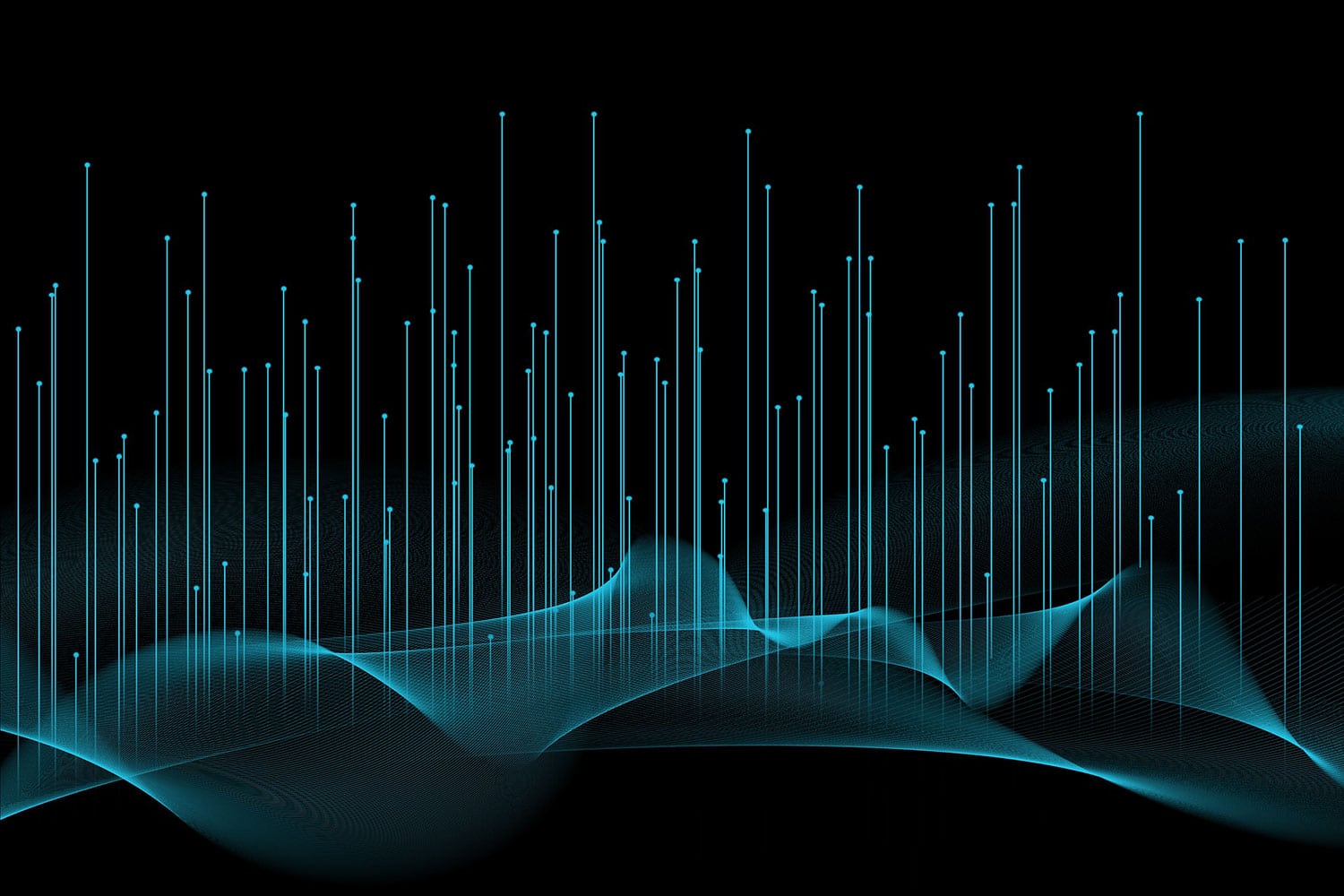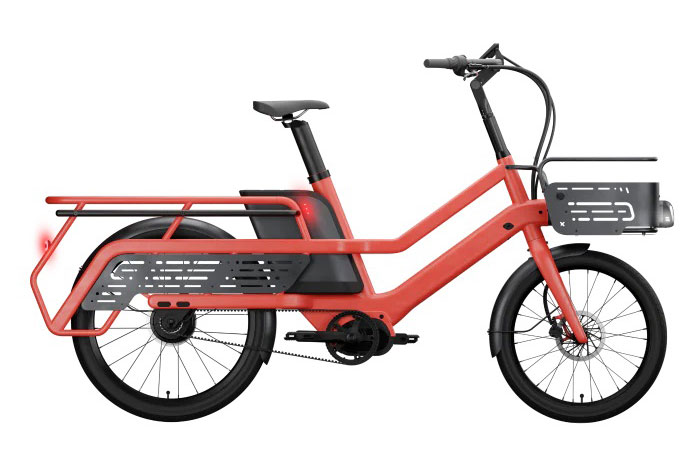
For most of us, a wound is a minor nuisance that heals itself without much conscious effort. However, for people with certain chronic diseases, such as diabetes, acute wounds are more prone to become chronic. Chronic wounds are a major health problem for such patients or even in elderly people – they can even lead to amputation in extreme cases.
Now, a team of researchers from the Chalmers University of Technology and the University of Freiburg has developed a method that uses electricity to speed up the healing process, making wounds heal up to three times faster than normal.
The electric stimulation method proposed by the researchers is based on an old hypothesis that suggests that human skin cells are electrotactic, which means that they directionally ‘migrate’ in electric fields. So, when placed in an electric field, the cells stop moving randomly and start moving in the same direction. Researchers used this hypothesis as the base of their study to electrically guide the cells in order to make wounds heal faster.
In order to study exactly how this works for wounds, researchers specially engineered biochips containing cultured skin cells with properties similar to human skin cells. Using this chip, they were able to compare wound healing in artificial skin, stimulating one wound with electricity and letting one heal without electricity. And the team noticed that electricity enabled the former to heal three times faster than the latter.
The researchers also focused on wound healing in connection with diabetes, a growing health problem worldwide.
“We’ve looked at diabetes models of wounds and investigated whether our method could be effective even in those cases. We saw that when we mimic diabetes in the cells, the wounds on the chip heal very slowly. However, with electric stimulation, we can increase the speed of healing so that the diabetes-affected cells almost correspond to healthy skin cells,” says Maria Asplund, Associate Professor of Bioelectronics at Chalmers University of Technology and head of research on the project.
The Chalmers researchers will continue their research to improve the method further and, in the long run, enable the development of wound healing products for consumers on the market.
“We are now looking at how different skin cells interact during stimulation to take a step closer to a realistic wound. We want to develop a concept to be able to ‘scan’ wounds and adapt the stimulation based on the individual wound. We are convinced that this is the key to effectively helping individuals with slow-healing wounds in the future,” Asplund says.
Journal reference:
- Sebastian Shaner, Anna Savelyeva, Anja Kvartuh, Nicole Jedrusik, Lukas Matter, José Leal, and Maria Asplund. Bioelectronic microfluidic wound healing: a platform for investigating direct current stimulation of injured cell collectives. Lab on a Chip, 2023; DOI: 10.1039/D2LC01045C
Electricity can heal wounds three times faster
Source: Tambay News






0 Comments